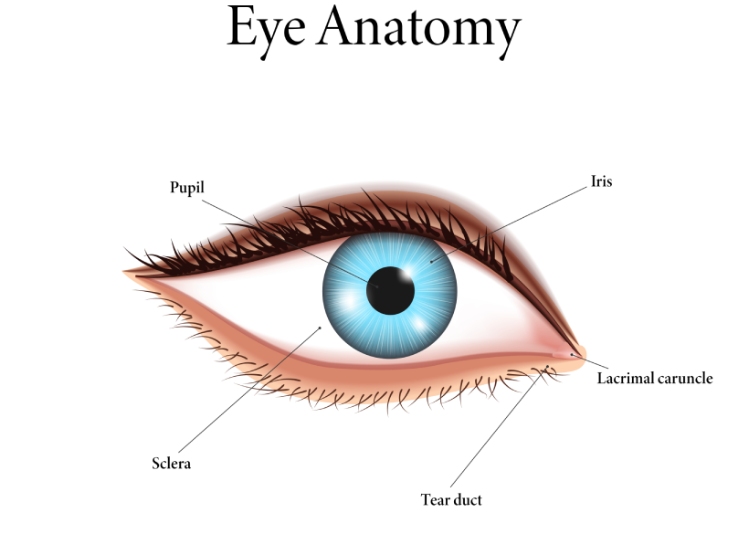When the White in Your Eyes Is Not Quite White, Should You Worry?
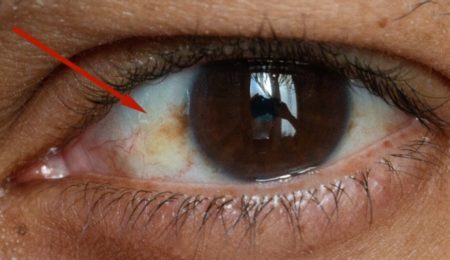
There is a saying that “Eyes are the window to your soul.” And it holds true! Have you ever thought about why, of all things in our body, your eyes are the first thing people notice if they look a bit different – especially when the white in your eyes looks unusual or turns a different color?
The color of our eyes is just not an aesthetic trait. Our eyes are perhaps the most important organ for instant communication. Not only do they convey our body language, mood, emotions, and mental state, but they also have the ability to go beyond the surface and provide insights into our health.
Are you ready to diagnose what a non-white eye could be telling us?
Decoding a discolored sclera – what does it mean?
The tough, white, fibrous outer layer of our eyeball that covers 80% of the eye surface is called the “sclera.” The sclera has a very significant role in the overall health and protection of our eyes. Our eye muscles, responsible for moving the eyes in different directions, can rely on a sturdy attachment point because of the sclera. It also maintains the structural integrity of the eyes and protects the retina, iris, and lens – the more delicate parts.
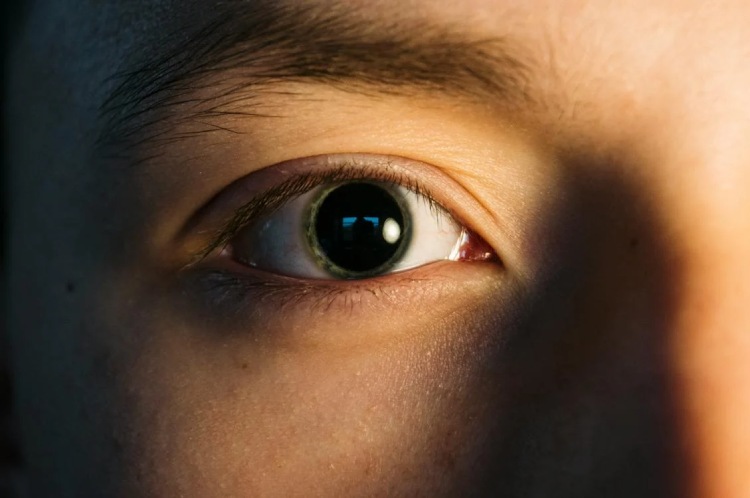
A white sclera is always a healthy one. However, the sclera sometimes changes colors, making our eyes look red, blue, brown, or yellow. The discoloration of the sclera, or the white in the eyes, can reveal a lot about our eye health.
When the sclera turns red or brown, what does that mean?
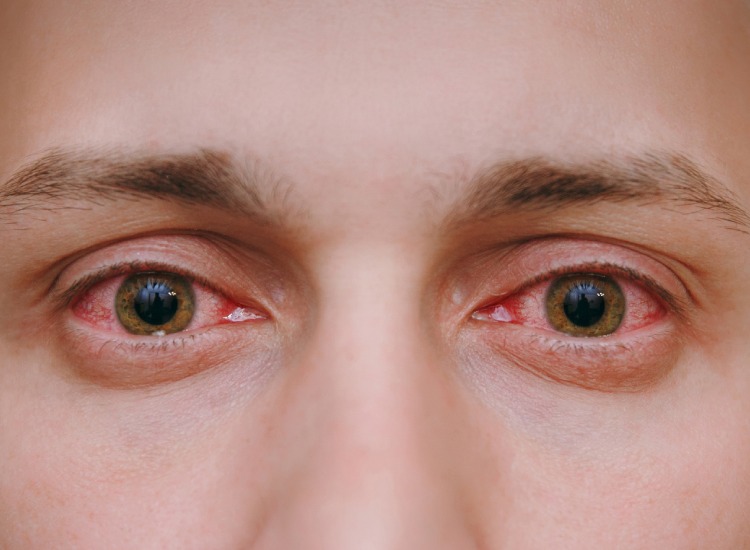
All the vampires in movies and literature usually have bloodshot, red eyes – and there is nothing wrong with them! After all, you are what you eat or, err … drink! But for mere mortals like us, red eyes, or a red sclera, is worth investigating! When our eye whites turn red, it can be due to a variety of reasons. Allergies, colds, injuries, or too much time in front of the screen can cause red eyes. It is the most common color that our eyes often turn to. But mostly, a red sclera is not something to be over-anxious about. Start worrying only if your red-eye refuses to change back into white. It may indicate a broken blood vessel. Or, if your eyes are red for a long time or are accompanied by dryness, swelling, blurred vision, or tearing, it is always better to visit a doctor.
Brown is a tricky color for your sclera. Sometimes, brown spots can mean excess melanin, which is usually harmless. The pigment melanin is what gives color to your skin, iris, or hair. But if there are dark brown spots in your eyes that change shapes or become bigger over a short time or with age, it can often point towards something more serious and may require a visit to the ophthalmologist!
Yellow or the blues – look out for these hues!
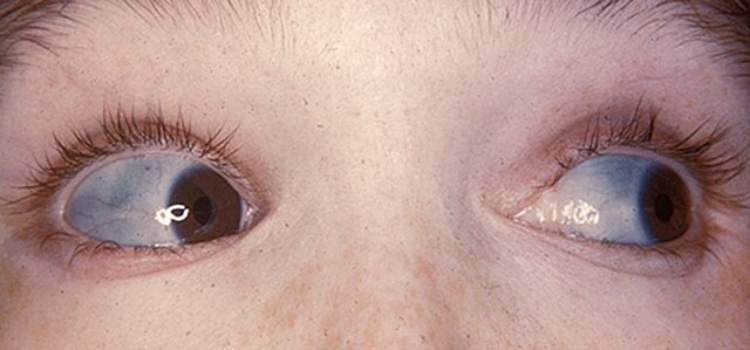
Have you got the blues? Apparently, a blue sclera (sometimes bluish-grey) often occurs as a result of long-term medication and usually is no cause for concern. These are difficult to detect in a mirror, but if you happen to see a bluish sclera, you need not raise the panic button.
Another common cause of a blue sclera is brittle bone disease, or “osteogenesis imperfect,” a genetic condition caused by a mutation in the collagen-producing gene. The sclera is primarily made of collagen. Therefore, the presence or deficiency of it in our eyes can cause it to change color. When someone has low iron or is anemic, the sclera becomes bluish because iron is an integral part of collagen production. In such cases, it is important to treat the root cause, like iron deficiency or genetic bone disease.
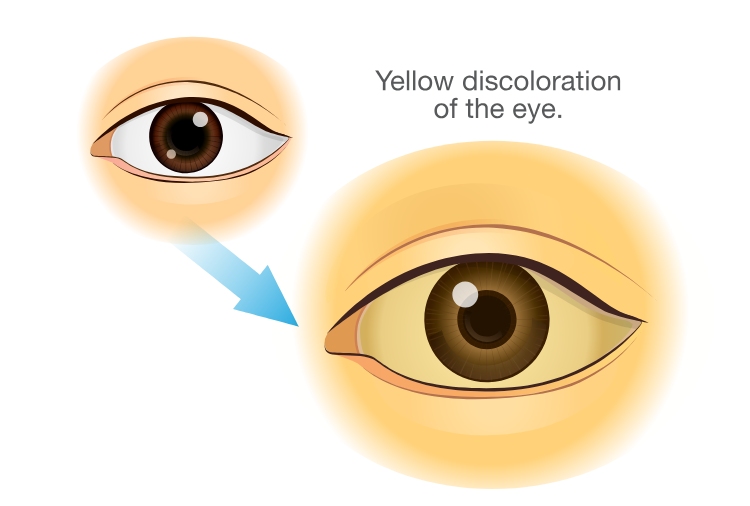
When the sclera turns yellow, it is often an indication of jaundice, a condition caused by excess production of bilirubin in your blood, which is yellow in color. This happens when your liver is not functioning properly and fails to filter the bilirubin out of your blood, causing your eyes to turn yellow. In this case, because it is a clear indication of liver malfunction, it is best to immediately see a doctor before it escalates.
Why should you take eye discoloration seriously?
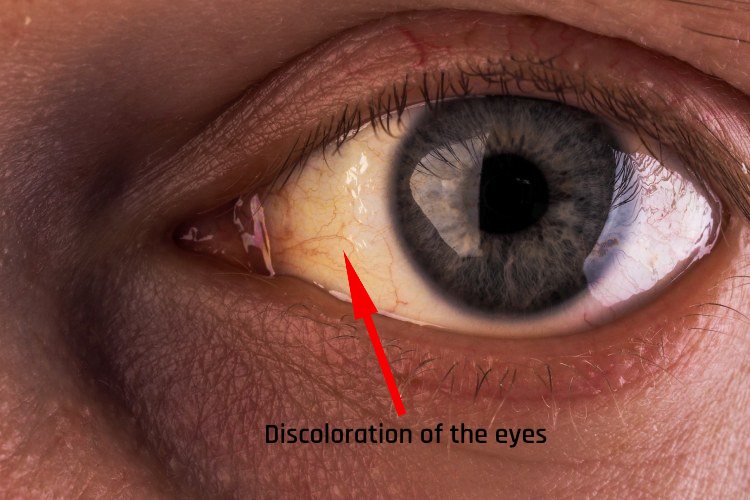
When your sclera is not a healthy white color, it is often very temporary or for a specific cause that gets cured with treatment. Examples are jaundice, injury, allergies, eye fatigue, etc. Therefore, it is important to be diagnosed and know the reason for discoloration. But there are times when the discoloration remains unexplained and untreated and can lead to a potentially life-threatening condition.
Therefore, it is best to not neglect eye color changes and get yourself to a doctor quickly, especially if any change in the color is accompanied by a change in your vision, pain in the eyes, abnormal discharge, swelling, etc.
After all, when it comes to eyes, white is always right!














